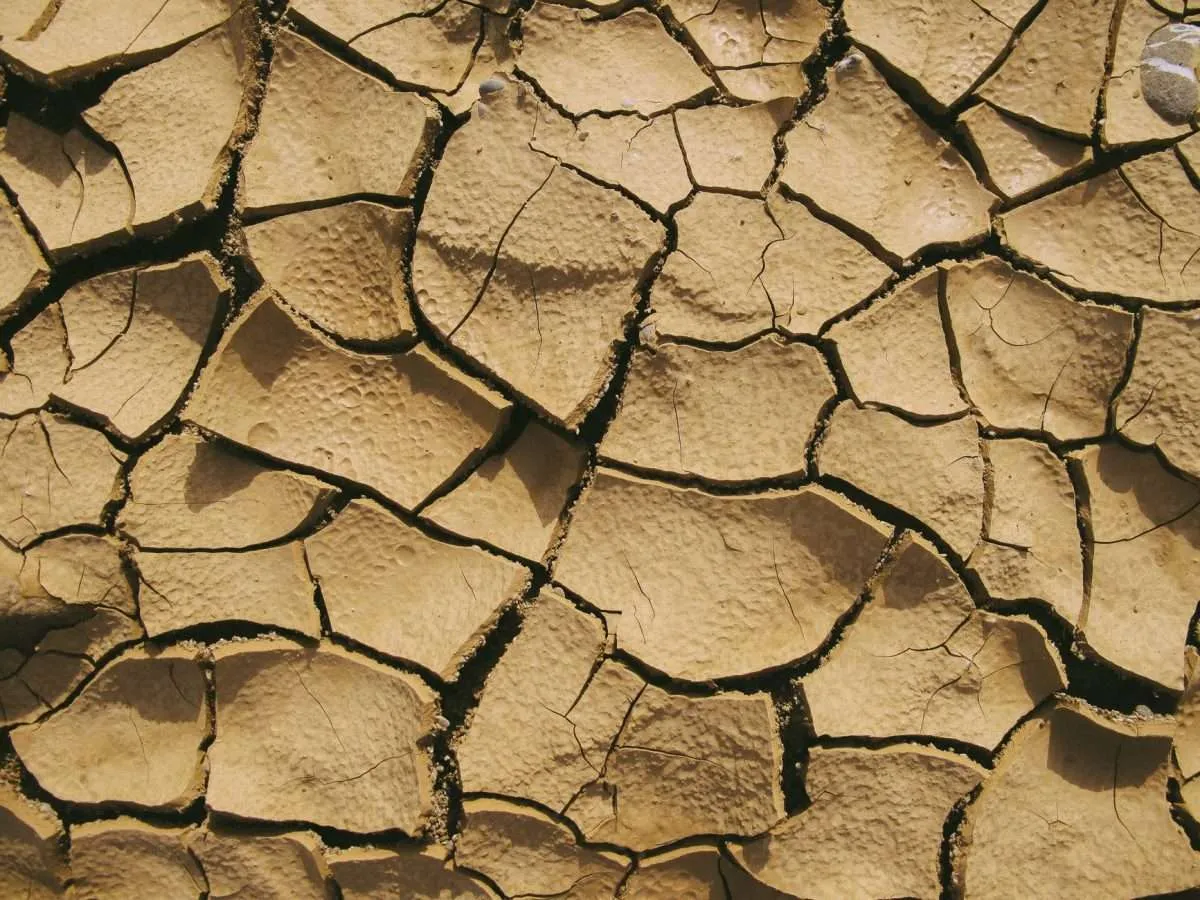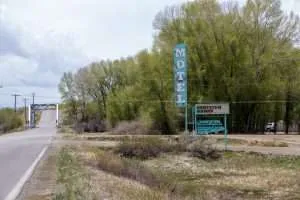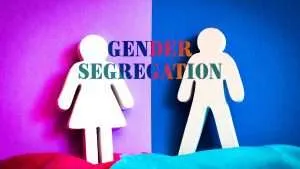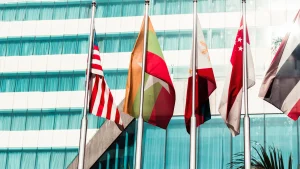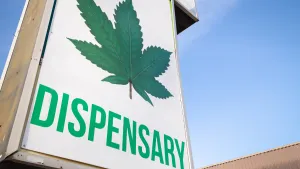As a nomadic sociologist, I am always looking for new and old stories to apply my sociological imagination everywhere I go. It’s even more exciting when the new and old come together. That is exactly what happened with the recent LA Times article, “Extreme heat, drought will permanently scar California and its social fabric,” and the social history I learned about Ancestral Pueblo people while making my way through what is now known as the Four Corners area of the US.
When we connect present issues with those of the past to better understand society’s reactions to them in modern times, we are using what is called our sociological imagination. With the decades-long drought in the American Southwest now reaching a critical point as far as deciding how we move forward, it is more important now than ever to dig into the past, learn from it, and apply those lessons to our present predicament.
Ancestral Pueblo People
Ancestral Pueblo people were an ancient civilization that inhabited the Four Corners area of North America, geologically known as the Colorado Plateau, in the 1100s and 1200s. The term Puebloan or Pueblo people encompasses a diverse array of cultures that include some groups who still actively gather today, such as the Hopi Native Americans. They are perhaps best known for their elaborate and impressive cliff dwellings, which are world famous with archeological sites still preserved today in places like Walnut Canyon National Monument and Mesa Verde National Park.
Ancestral Puebloans are also well known for their mysterious relocation away from the Colorado Plateau during The Great Drought in the late 1200s. That relocation has been a topic of inquiry for historians, anthropologists, archeologists, and other experts interested in patterns of human behavior and migration.
The simple, and incomplete, explanation for the relocation of Ancestral Puebloans is the drought pushed them out because of their inability to adapt to the drying climate. For many years, experts took this explanation as truth, neglecting to dig deeper into the social fabric of the decision to relocate. More recently, however, experts have resisted that simple explanation in search of a more complete picture of what the drought introduced within the Puebloan culture and society.
What experts found when digging deeper was a more complex and accurate explanation for that relocation away from the Colorado Plateau. Donna M. Glowacki is one archeologist who dedicated an entire book project to sharing that explanation. You can read all about it in Living and Leaving: A Social History of Regional Depopulation in Thirteenth-Century Mesa Verde. Dr. Glowacki also explains that social history in an episode of Mesa Verde Voices, a podcast connecting the Ancestral Puebloan experiences to the modern day experiences of people in the region today.
A Social History
To gather a social history of the Pueblo people, archeologists like Dr. Glowacki look at what people left behind, including architecture.
According to Glowacki, architecture provides a window into religious and social customs of a civilization, allowing us to understand older traditions that were long in place as well as the introduction of new customs and traditions. For example, one archeological location called Sand Canyon Pueblo was built in the mid 1200s not long before the drought. This site provides architectural evidence for newly emerging religious practices and social hierarchies at the time leading up to The Great Drought.
Before The Great Drought of the late 1200s, however, the Pueblo people experienced another less drastic drought. The drought affected the entire Southwest and catalyzed a reorganization of power among the Puebloan group. Following that first drought, there was an increase in migration to the area, bringing new people, new customs, and new social structures.
Another piece of architectural evidence shows people were living closer and closer together; the newer residential dwellings following the migration were built much closer than some of the older dwellings. The influx of people via migration and the development of new housing for them also meant agricultural land was becoming limited. In summary, Dr. Glowacki’s research demonstrates major social and political changes within the Ancestral Puebloan society during the period leading up to The Great Drought, greatly impacting the social organization of the civilization.
Diversity and Scarce Resources Drives Conflict
With new groups of people, new religious practices, and new cultures came a new level of diversity among the Pueblo people. When rapidly increasing diversity was met with scarcity of resources brought on by a historic drought, conflict between groups emerged.
In this way, the social and political reality of the Ancestral Puebloans at that time is not all that different from what we are experiencing in the US today. Things like environmental changes, decreasing trust in political institutions, and increasing inequality are all issues Pueblo people faced then that we are facing today; and that’s where the sociological imagination comes in.
The Sociological Imagination
The sociological imagination is a concept introduced by American sociologist C. Wright Mills. Mills discusses the concept as the intersection between history and biography, with history being what happened in the past and biography being the present day reality for individuals. In the case of climate change and the drying conditions of the American Southwest, our current reality can, and should, be informed by the past.
Applying the Sociological Imagination

While our social and political structures differ greatly from what was in place in the Americas in the 12th and 13th centuries, the issues we face are similar, and that means we can learn a great deal from what did, and did not, happen in the past.
Experts agree the drought we are facing in the Southwestern US today is exponentially worse than what the Pueblo people faced in the late 1200s. The difference is due to climate change and the human behavior driving it. But, we can still look to happened then to better understand the forces we are up against as we deal with the drying conditions of the Southwest.
As the hierarchical organization of the Pueblo people was challenged with an influx of migration prior to the drought, they entered a period of transformation where communal values, as opposed to hierarchal structures, began to dictate their societies. Experts say that transition was complete following the drought. In fact, archeological evidence of communal civilizations can be found from groups who migrated away from the Colorado Plateau during the great drought.
Lessons from the Past
The take away here is that there are two ways—two ends of a spectrum—to deal with our increasing warm and dry climate in the Southwest. On one end of that spectrum is competition and social hierarchy. On the other end is communalism and cooperation. We can either allow the scarcity of resources to drive conflict between groups as our social hierarchies continue to distance us from each other, or we can come together communally to ensure we all make it through.
Issues like water rights are already creating conflict over the precious, and sorely scare, resource of water. While the allocation of water rights may be necessary given the current level of Lake Mead and other precious sources of water in the Southwest, there are ways around making that allocation divisive.
Individual Rights vs. Communal Efforts
For example, rather than solely limiting allowable water usage for both individuals and corporations, perhaps we can take a step back to look at the larger picture of our water culture. At that point we can begin asking what steps we can take communally to save water.
What infrastructures within our communities can adapt to use less water? For instance, maybe landscaping on the medians can change from grass or green shrubbery to rocks and cacti, saving hundreds of gallons of water in irrigation every year. Changes in the community may even increase social pressure for larger corporations like hotel chains to change their landscaping approaches to a more drought friendly set-up.
Embedding the value of saving water into our local communities through challenges and events could also increase social solidarity around the issue. Who can take the shortest showers? Who can use the least water for dishes in a week? If we can get individuals to change their water consumption behaviors through a communal mindset, we might be able to avoid the predicted water wars that, at this time, seem to be the fate for the Southwest.
A Realistic Path Forward using our Sociological Imagination
The point is not to increase our water supply and continue to use and waste water in the ways we always have. In fact, that simply is not an option. Rather, the point is to identify practices in our community that use an abundance of water that no longer exists and change those practices together, as a community.
If we can avoid allocating water rights in a way that increases our already increasingly hierarchical social structures, we may be able to take a page from the Ancestral Puebloans’ book and perhaps transition to communal ways of life before we are forced to leave the drying Southwest altogether.

